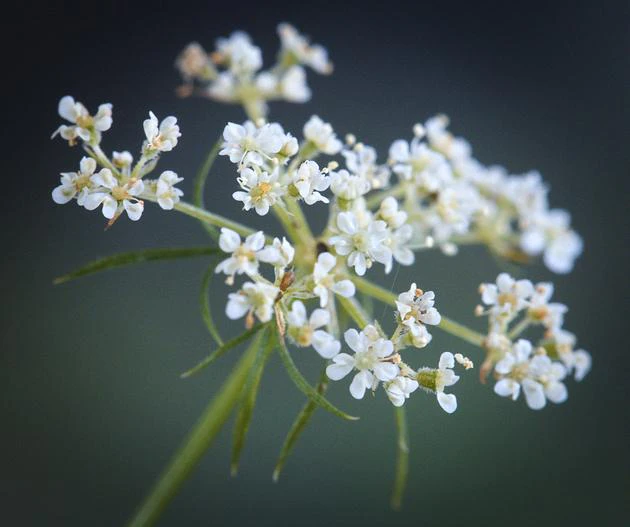Cultivated Carrot
(Daucus carota var. sativus)
Cultivated Carrot (Daucus carota var. sativus)
/
/

hedera.baltica
CC BY-SA 2.0
Image By:
hedera.baltica
Recorded By:
Copyright:
CC BY-SA 2.0
Copyright Notice:
Photo by: hedera.baltica | License Type: CC BY-SA 2.0 | License URL: https://creativecommons.org/licenses/by-sa/2.0/ | Uploader: hedera.baltica | Publisher: Flickr






















Estimated Native Range
Climate Requirements for Waterbury, Connecticut
| This Plant | Your Site | Plant Suitability for Your Location | ||
|---|---|---|---|---|
| • Precipitation | 7" - 111" | 48" | Aquatic | Aquatic |
| • High Temp. | 64°F - 92°F | 84°F | Your summer temperatures are normal for this plant. | Excellent |
| • Low Temp. | -12°F - 70°F | 17°F | Your winter temperatures are normal for this plant | Excellent |
This plant may not grow well at your location - your precipitation is too high.
Summary
Daucus carota var. sativus, commonly known as the cultivated carrot, is a biennial plant grown primarily for its edible, orange taproot. Originally from temperate regions of Europe and southwestern Asia, the cultivated carrot has been widely naturalized and is now a staple crop in many parts of the world. It typically reaches a height of 12 inches (30 cm) with feathery green foliage and a spread of 6-8 inches (15-20 cm). The plant produces small, white flowers arranged in a compound umbel during its second year. Carrots are known for their bright orange roots, although cultivars may also have purple, red, white, or yellow roots.
The cultivated carrot is valued for its nutritional content, being rich in vitamins, particularly vitamin A from beta-carotene, and antioxidants. It is a popular vegetable in culinary use, eaten raw in salads, or cooked in a variety of dishes. In cultivation, carrots require full sun and deep, well-drained soils with a loose structure to accommodate root development. They are relatively easy to grow from seed and can be planted in rows or as part of a mixed vegetable garden. Carrots have few serious pest or disease problems, but can be affected by carrot fly or root-knot nematodes. Crop rotation and the use of row covers can help manage these issues.CC BY-SA 4.0
The cultivated carrot is valued for its nutritional content, being rich in vitamins, particularly vitamin A from beta-carotene, and antioxidants. It is a popular vegetable in culinary use, eaten raw in salads, or cooked in a variety of dishes. In cultivation, carrots require full sun and deep, well-drained soils with a loose structure to accommodate root development. They are relatively easy to grow from seed and can be planted in rows or as part of a mixed vegetable garden. Carrots have few serious pest or disease problems, but can be affected by carrot fly or root-knot nematodes. Crop rotation and the use of row covers can help manage these issues.CC BY-SA 4.0
Plant Description
- Plant Type: Herb
- Height: 1-2 feet
- Width: 0.5-1 feet
- Growth Rate: Rapid
- Flower Color: White
- Flowering Season: Summer
- Leaf Retention: Deciduous
Growth Requirements
- Sun: Full Sun, Part Shade
- Water: Medium
- Drainage: Medium, Fast
Common Uses
Bee Garden, Edible*Disclaimer: Easyscape's listed plant edibility is for informational use. Always verify the safety and proper identification of any plant before consumption., Low Maintenance
Natural Habitat
Originally from temperate regions of Europe and southwestern Asia
Other Names
Common Names: Carrot, Cultivated Carrot, Danggeun, Gajar, Hongdangmu, Hu Luo Bo, Domestic Carrot, Ninjin
Scientific Names: Daucus carota var. sativus, Carota sativa, Daucus carota, Daucus carota f. degenerans, Daucus carota subsp. sativus, Daucus carota subsp. sativus, Daucus carota var. hollandica, Daucus carota var. longus, Daucus carota var. noisettii
GBIF Accepted Name: Daucus carota var. sativus